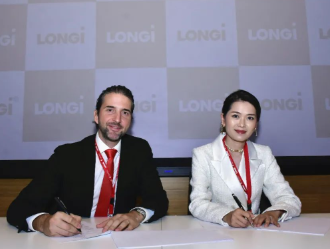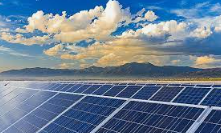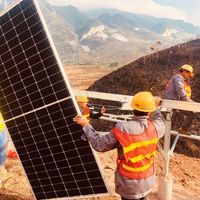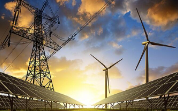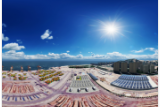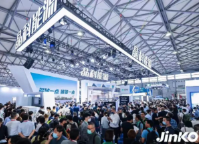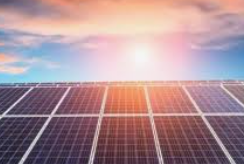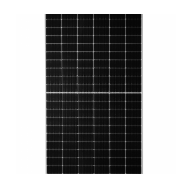2023.Jul
14
What are the advantages of solar energy?
The sun is a natural source of energy. Every living creature on Earth has the ability to function, and even its existence, due to the direct or indirect energy from the sun. Solar energy as a new energy, it has three advantages compared with conventional energy: First, it is the most abundant source of energy available to mankind. It is estimated that over the past 1.1 billion years, the sun has consumed 2% of its own energy, which is inexhaustible. Second, no matter where on Earth, there is solar energy, can be developed and used on the spot, there is no transportation problem, especially for rural areas, islands and remote areas with underdeveloped transportation more valuable use. Third, solar energy is a clean energy, in the development and utilization, will not produce waste slag, waste water, waste gas, no noise, will not affect the ecological balance. Our earth is about 100 million miles from the sun. The amount of radiation it intercepts is incredibly small (about 3 parts per 10 million), a tiny amount of energy that is actually 100,000 times greater than the entire world's current power generation capacity. At present, the world, especially the industrialized countries, began to feel the shortage of energy, so people began to turn to solar energy to solve the energy crisis. Solar energy is a kind of radiant energy, we can not directly use, therefore, to convert the sun can be used. At present, the most widely used is the conversion of solar energy into electricity. The process of converting light energy directly into electricity is precisely called the photovoltaic effect. Without the need for any other mechanical parts, the energy in the light is captured by the electrons of the semiconductor device, and electricity is generated. This energy converter, which converts light energy into electricity, is a solar cell. Solar cells, like transistors, are made of semiconductors. Its main material is silicon, but there are also some other alloys. The high-purity silicon used to make solar cells goes through a special purification process. As long as the solar cell is illuminated by sunlight or lights, it can convert light energy into electrical energy, so that the current flows from one side to the other, and generally can emit electricity equivalent to 10% to 20% of the received light energy. Shandong Shantai Group combines LED street lights with solar cells, which is a good application example. During the day, solar panels absorb sunlight to store electricity, and at night or in dim outdoor conditions, automatically sense the external environment to start lighting. This not only does not require the cables and wires required for the installation of traditional street lights, but also uses natural energy and does not require power generation. In today's sustainable development and low-carbon environmental protection, its significance is extremely far-reaching. At present, the application of solar cells has been from the military field, aerospa...
Read More
